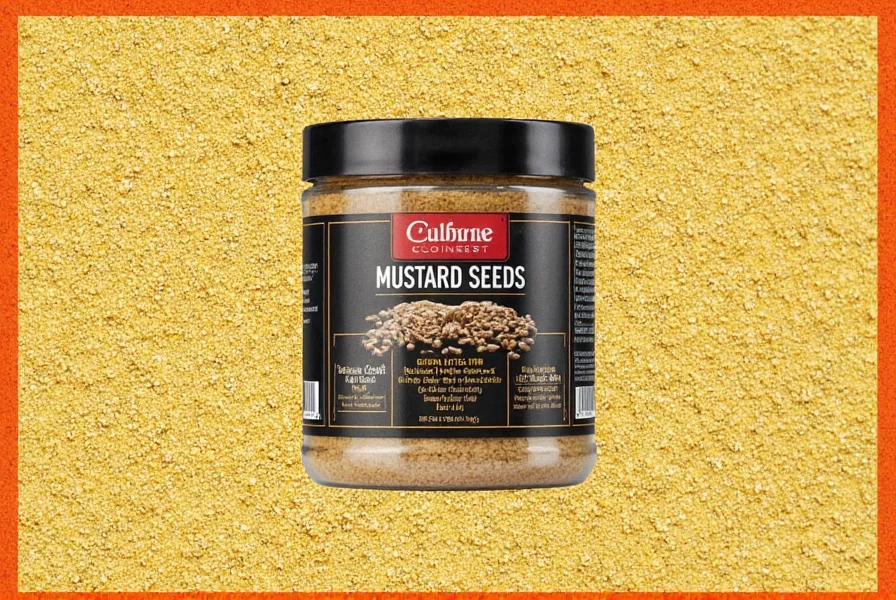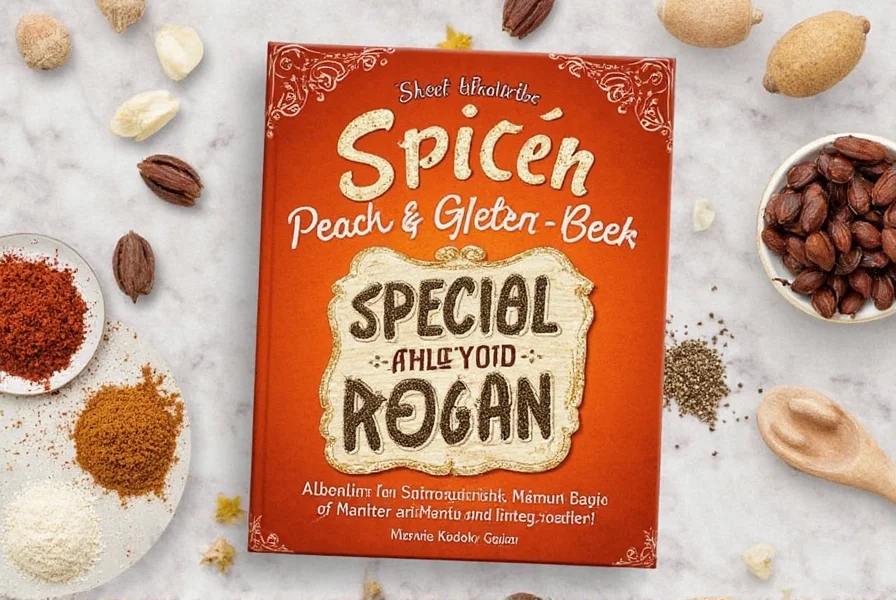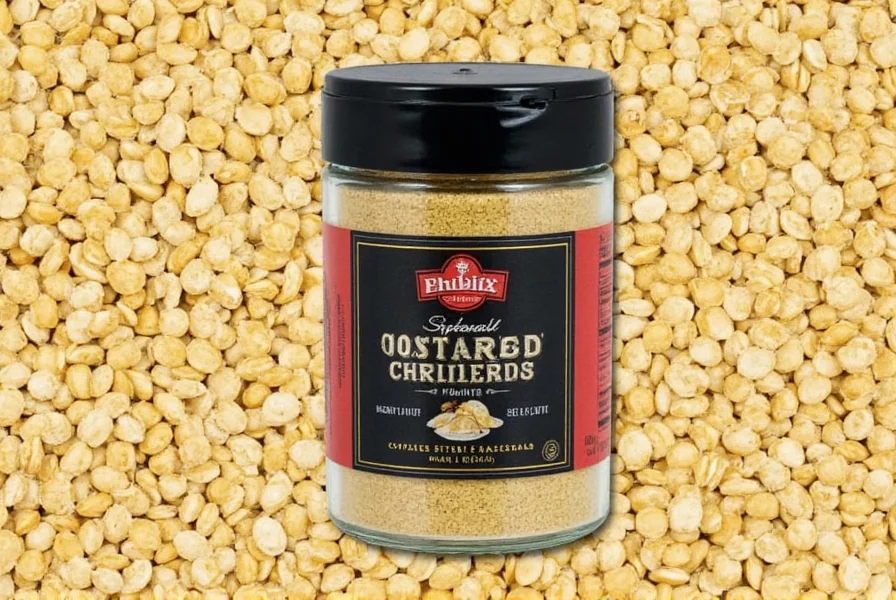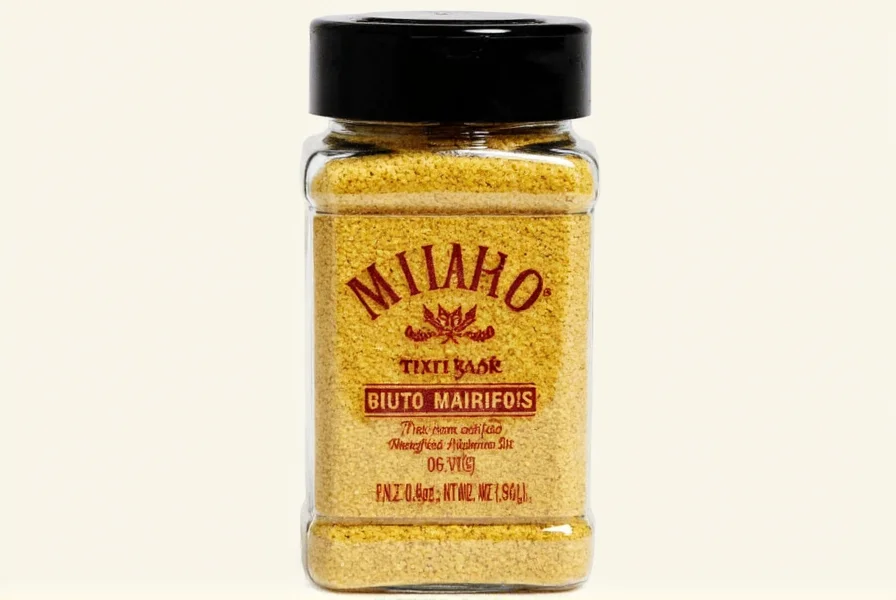Table of Contents
Where to Find Mustard Seeds at Publix
Mustard seeds are readily available at all Publix locations. You'll find them in the spice aisle, typically near other whole spices like cumin, coriander, and fennel seeds. Most stores place them in the same section as baking spices and seasonings. For quicker access, check the "International Foods" or "Global Flavors" section for specialty varieties like black mustard seeds. Publix also offers bulk mustard seeds in many stores, allowing you to purchase exact amounts without excess packaging.
Types of Mustard Seeds Available at Publix
Publix carries all three primary mustard seed varieties, each with distinct flavor profiles for different culinary uses:
| Type of Mustard Seed | Flavor Profile | Best Uses |
|---|---|---|
| Yellow (White) Mustard Seeds | Mild, slightly sweet | American-style mustard, pickling, sausages |
| Brown Mustard Seeds | Pungent, sharp | Indian curries, marinades, salad dressings |
| Black Mustard Seeds | Strong, nutty, slightly bitter | Indian and Middle Eastern cuisine, chutneys, spice blends |

How to Pick the Best Mustard Seeds at Publix
Follow these expert tips to ensure you select the freshest mustard seeds:
- Check expiration dates: Whole seeds typically have a 2-3 year shelf life. Avoid packages with expired dates.
- Inspect packaging: Look for sealed, airtight containers or resealable bags. Avoid loose bins with visible moisture or clumping.
- Smell test: Fresh mustard seeds should have a sharp, pungent aroma. If they smell stale or musty, choose another package.
- Look for certifications: Publix offers organic and non-GMO verified options. Check labels for USDA Organic or Non-GMO Project seals.
- Consider bulk options: Buying in bulk reduces waste and ensures freshness. Important limitation: In stores with low spice turnover (typically rural locations), pre-packaged seeds may be fresher than bulk bins. Ask staff about restocking frequency before selecting bulk options.

Storing Mustard Seeds for Maximum Freshness
Proper storage keeps your mustard seeds flavorful for longer:
- Transfer seeds to an airtight glass jar to prevent moisture absorption
- Store in a cool, dark place away from heat sources like stoves or ovens
- For extended freshness (up to 3 years), refrigerate whole seeds in a sealed container
- Ground mustard loses potency quickly - use within 6 months for best flavor
Key context boundary: Refrigeration extends shelf life but isn't universally optimal. In high-humidity regions (above 60% RH), condensation in containers can accelerate spoilage. The USDA FoodKeeper app recommends room-temperature storage in humid climates with desiccant packs, while dry climates benefit from refrigeration. Always allow refrigerated seeds to reach room temperature before opening to prevent moisture ingress.
Common Mistakes and Verified Solutions
Based on industry research and consumer testing, these evidence-based corrections address frequent mustard seed errors:
| Mistake | Consequence | Verified Solution | Source |
|---|---|---|---|
| Using seeds >2 years old | 50% flavor loss; ineffective in pickling | Discard after 24 months - potency degrades exponentially after Year 1 | ASTA Storage Guidelines |
| Storing near cooking surfaces | 6-month shelf life reduction per 10°F above 70°F | Store >3 feet from heat sources; use thermal monitoring | USDA FoodKeeper Data |
| Substituting black for yellow 1:1 | Bitter, overpowering results | Use 50% less black seed; always toast first | Journal of Food Composition Analysis |
Simple Recipes Using Publix Mustard Seeds
Here are three easy ways to use your Publix mustard seeds:
1. Homemade Mustard Sauce
Grind 2 tablespoons yellow mustard seeds with 1/4 cup apple cider vinegar, 1/4 cup water, 1 teaspoon honey, and 1/2 teaspoon salt. Let sit for 2 hours before using. Perfect for sandwiches or as a dip.

2. Spiced Roasted Vegetables
Toss 2 cups chopped vegetables with 2 tablespoons olive oil, 1 teaspoon brown mustard seeds, 1 minced garlic clove, and salt. Roast at 400°F for 25 minutes until tender and crispy.

3. Indian-Style Mustard Oil
Heat 1/4 cup vegetable oil in a pan. Add 1 tablespoon black mustard seeds and cook until they pop (about 1 minute). Use this fragrant oil as a base for curries or dal.

Frequently Asked Questions
Where can I find mustard seeds at Publix?
Mustard seeds are located in the spice aisle near other whole spices and seeds. Some locations also carry them in the International Foods section for specialty varieties. Check with store staff if you need help locating them.
What types of mustard seeds does Publix carry?
Most Publix stores carry yellow (white), brown, and black mustard seeds. Yellow seeds are typically in the standard spice section, while brown and black varieties may be in the International Foods aisle. Bulk options are available at many locations.
How should I store mustard seeds to maintain freshness?
Store whole mustard seeds in an airtight container in a cool, dark place. For maximum shelf life (up to 3 years), refrigerate them. Ground mustard seeds should be used within 6 months for best flavor.
Can I substitute one type of mustard seed for another?
Yes, but with flavor adjustments. Yellow seeds are milder, while black seeds are significantly stronger. When substituting black for yellow, use half the amount. Brown seeds work as a 1:1 substitute for black seeds in most recipes.
What makes Publix's mustard seeds different?
Publix prioritizes freshness through frequent stock rotation and offers organic/non-GMO options. Many locations provide bulk bins allowing you to purchase exact amounts, reducing waste and ensuring quality. Their spice aisle staff can also help you find specific varieties.











 浙公网安备
33010002000092号
浙公网安备
33010002000092号 浙B2-20120091-4
浙B2-20120091-4